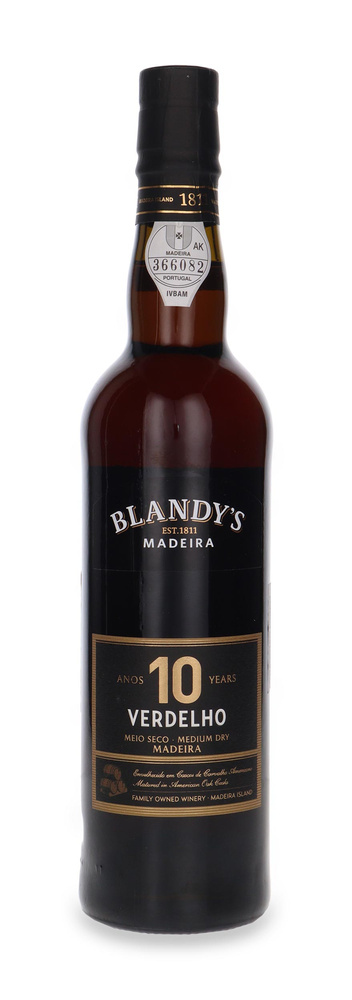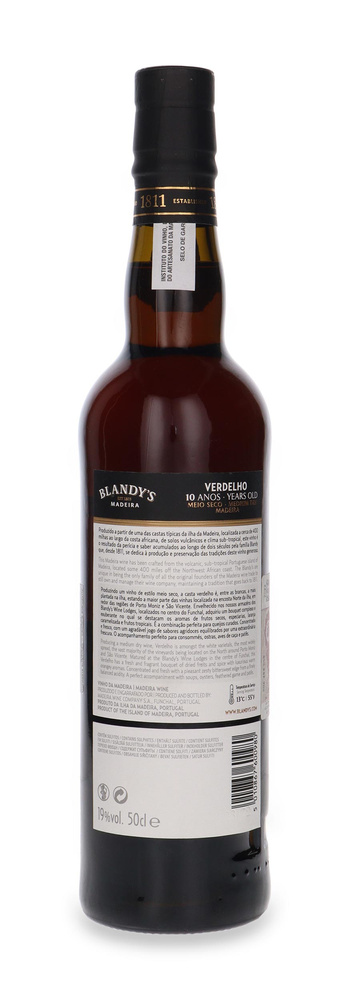Product description
The origins of the brand date back to 1808, when John Blandy came to Madeira, initially due to poor health, as confirmed by a letter of introduction written in London and sent to three wine merchants also from that city, who settled in Madeira. In 1811, together with his brothers Thomas and George, he founded a shipping company dealing primarily with wine trade, thus creating the foundations of the family business and the entire history of wine from Madeira. Very rapid development soon enabled the export of wines to Europe, as far as Russia, and also to North America. Over the years, John Blandy bought small properties on the island, creating the now known The Blandy's Wine Lodge - one of the oldest wineries on the island, which, apart from its historical heritage, create very unique wines.
The owners’ instinct to run the business has allowed them to survive all the plagues and turmoil of history, with a primary goal: to leave the company for future generations in a stronger state than when we received it. Over the years, Blandy’s decided to join the Madeira Wine Company in 1925, a group of wine producers from Madeira, to maximize exports while reducing costs. Then, in 1989, they contacted the Symington family (port producers since the 19th century) to continue expanding into global markets. In 2000, the company introduced its first vintage wine (Colheita) from Madeira, and then introduced younger wines to meet market expectations.
Blend of wines with an average age of 10 years. The grapes used for production were hand-picked, then destemmed, gently pressed and macerated on the skins to extract their maximum properties. The fermentation process was stopped by adding high-proof wine alcohol when the wine reached the desired level of sweetness. It matured in oak barrels in the traditional Canteiro system, which involves gradually moving barrels of wine, starting from the warmest rooms to those with increasingly lower temperatures. It is very rich on the nose, full of notes of dried fruit and orange peel. On the palate it is fresh and quite concentrated, harmoniously developing flavors of orange peel with a touch of vanilla. The finish is long and clean, with a hint of tropical fruit and a touch of spice.
It tastes best served at a temperature of 14-16 degrees. It is worth following this to feel the elegance and finesse of this wine. In culinary combinations, it works well with appetizers, including creamy potato-based soups.




